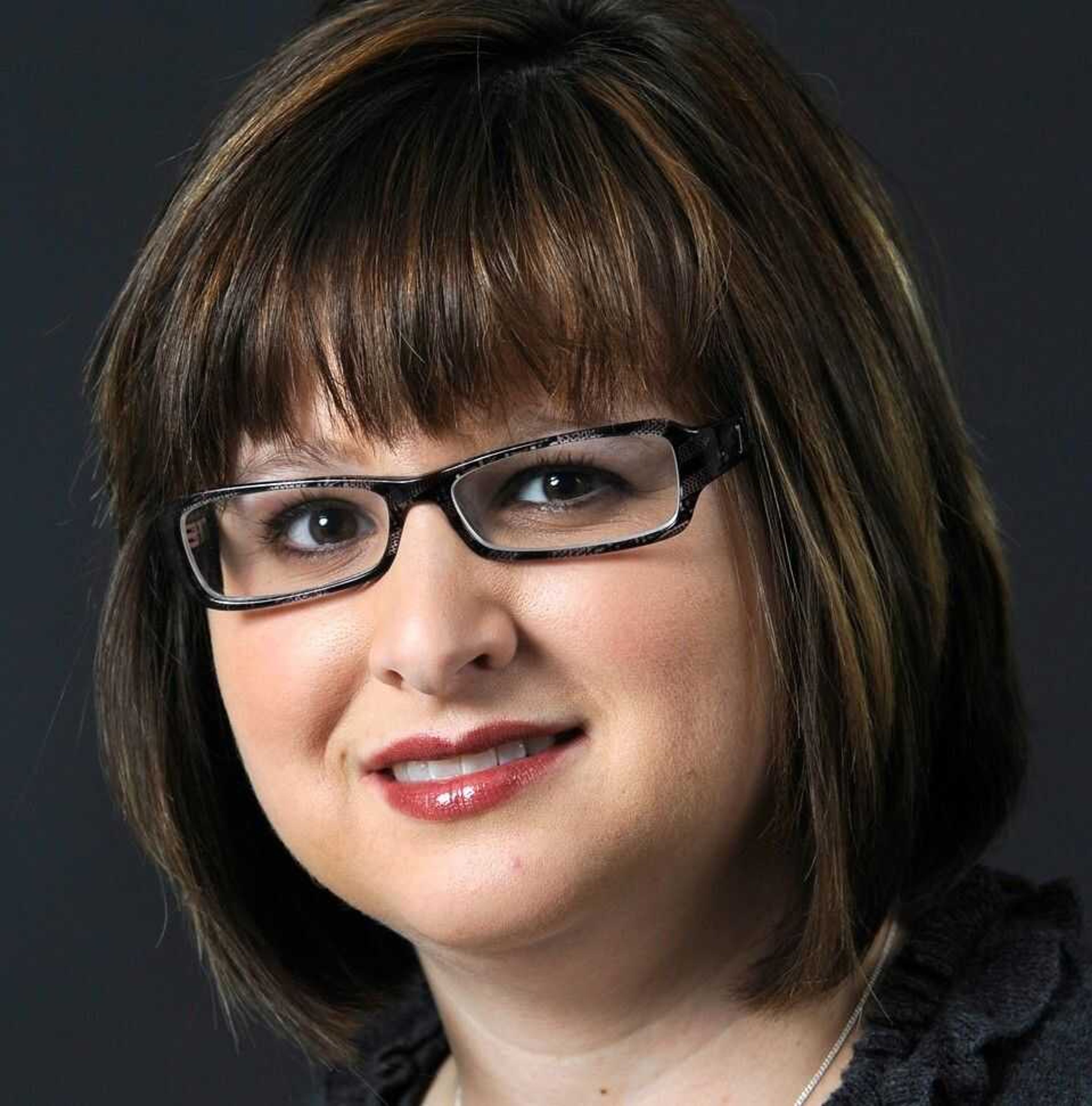Local hospitals have plans ready in case of disaster
Cape Girardeau hospitals say they have plans in place should a tragedy strike here, similar to the tornado that struck St. John's Regional Health Center in Joplin, Mo. St. John's, a 370-bed hospital, sustained significant damage to its nine-story building May 22 when it took a direct hit from an EF5 tornado with 200 mph winds...
Cape Girardeau hospitals say they have plans in place should a tragedy strike here, similar to the tornado that struck St. John's Regional Health Center in Joplin, Mo.
St. John's, a 370-bed hospital, sustained significant damage to its nine-story building May 22 when it took a direct hit from an EF5 tornado with 200 mph winds.
The storm blew out many of the building's windows, forcing the evacuation of more than 180 patients. Five patients and one hospital visitor died in the storm. More than 900 people were injured as the tornado tore through town. As of Monday, the storm's death toll was more than 130 with 29 people still unaccounted for.
Emergency planners at both SoutheastHEALTH and Saint Francis Medical Center say they won't immediately make any major changes to their existing disaster plans in the wake of what happened in Joplin.
"The tornado in Joplin is a tragic event and in time we may learn some things from it. For now our prayers are with those in Joplin," said Robert Grayhek, director of trauma services at Saint Francis Medical Center.
The Joplin tornado does reinforce the need for emergency planning, according to Linda Brown, emergency services director at SoutheastHEALTH.
"The lesson is that the vigilance we maintain is warranted, important and serves our community well," Brown said. "It's very rewarding to know that emergency preparedness, practice and drills of existing All Hazards Plans really do help. The health care workers at St. John's showed incredible heroism in their ability to evacuate the facility as quickly and as safely as they did."
From natural disasters like this tornado to human events like terrorists incidents or chemical spills, hospital officials have thought these scenarios through so they'll know what to do.
"Emergency operations planning is constant," said Grayhek. "Each year, we readdress all our plans to identify the greatest and most likely hazards and then address those plans accordingly."
Both Saint Francis Medical Center and SoutheastHEALTH have committees that coordinate emergency planning, training and disaster drills.
Emergency drills are required at least twice a year by law, but both hospitals said they drill more often than that.
Saint Francis has had three drills so far this year and SoutheastHEALTH typically drills once a month, according to hospital officials.
"There are also tabletop exercises and other preparedness activities that are conducted in conjunction with agencies outside the hospital as well as local businesses, city and county agencies and multidisciplinary organizations and regional work groups or coalitions," Brown said.
Both hospitals also have equipment and processes in place should disaster strike, from back up generators to paper patient charts.
"Redundancy is a planning priority," Grayhek said. "For example, if the phone system goes down, there are cell phones. If the cell towers are down, we have satellite phone. If the satellite is jammed due to frequent calls, we turn to ham radio. For each system we have, we attempt to have at least one redundancy or back up."
Both hospitals said they evacuate patient rooms when a tornado warning is issued. In April and May, that has been done four times at Saint Francis, Grayhek said.
"Each drill or event provides opportunities to learn," he said. "Some drills cause us to alter plans and improve the process. Every time we change a process, we test it to ensure the change is working."
Along with keeping their patients and staff safe in a disaster situation, both hospitals also prepare for an influx of patients who may arrive with injuries.
"Sufficient quantities of food, drinkable water, medication, fuel and other critical supplies are available within the facility to last at least 96 hours," Brown said. "The plan also makes accommodation for the care of the families of victims as well as our own employees. There are dedicated positions to communicate with not only the media but with victims' families as well."
Saint Francis, the only state-designated trauma center in the region, is prepared for the worst cases in the event of a disaster, Grayhek said.
"Different events will involve different potential influxes of patients," he said. "As we identify those events, we address the way we will handle the influx. For example, our response to a school bus crash is far different than it would be for a chemical spill."
mmiller@semissourian.com
388-3646
Pertinent address:
1701 Lacey Street, Cape Girardeau, Mo.
211 Saint Francis Drive, Cape Girardeau, Mo.
Connect with the Southeast Missourian Newsroom:
For corrections to this story or other insights for the editor, click here. To submit a letter to the editor, click here. To learn about the Southeast Missourian’s AI Policy, click here.










